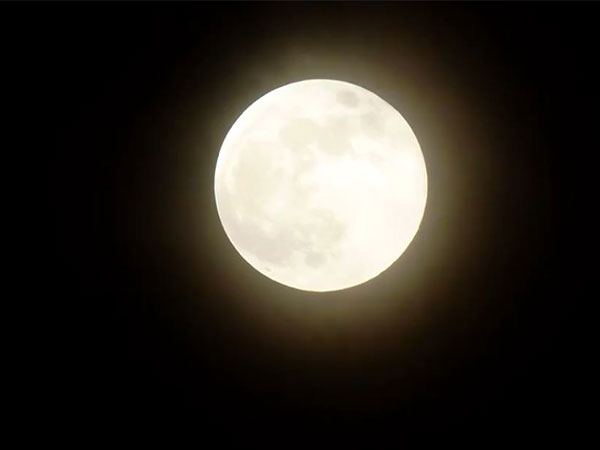The “Supermoon” phenomenon captivated observers across the nation on Thursday, showcasing a natural marvel.
The full moon, at its closest point to Earth today, presented the largest and brightest view of Earth’s only natural satellite, leaving skywatchers in awe. Astronomy enthusiasts set up telescopes and cameras to capture this spectacle.
This day also marks “Sharad Poornima,” a Hindu festival celebrated in the month of Ashwin.
According to the National Aeronautics and Space Administration (NASA), a “supermoon” occurs when a full moon coincides with the moon’s closest position to Earth in its orbit, known as perigee.
In its 27-day orbit around Earth, the moon reaches its perigee, approximately 363,300 km from Earth.
Though the term “supermoon” is not officially recognised in astronomy, it typically refers to a full moon that is at least 90 per cent of perigee.
Supermoons occur three or four times a year and are always consecutive. However, for most of Earth’s orbit around the sun, the phases of perigee and full moon do not coincide.
When the full moon is closest to Earth, it can appear up to 14 per cent larger and 30 per cent brighter than the faintest moon of the year, which occurs when the moon is furthest from Earth, NASA explained.
Higher tides than usual are also common during this time, as the moon is closest to Earth.-ANI


